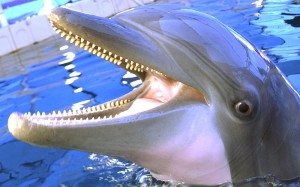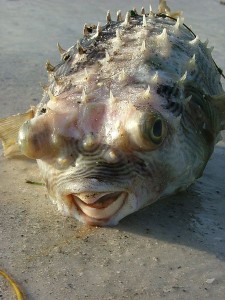You have your favourite snack in hand and you’re about to eat it when an arbitrary gust of wind, an evil little leprechaun, or maybe just your own clumsiness causes you to drop it. Darn it! But nonetheless you pick it up, gently blow it off, and eat it knowing that the “five second rule” is on your side. Or is it?
It’s been an age old edibility debate but a new study from a team of students led by microbiology professor Anthony Hitlon at Aston University tells us that the five second rule holds true. They observed the transfer of E.coli and Staphylococcus aureus bacteria from a variety of indoor floor types (carpet, laminate, and tiled surfaces) onto a variety of foods (toast, pasta, cookies, ham, and most ominous, a “sticky dessert”).
Their findings showed that food picked up just a few seconds after being dropped is less likely to contain bacteria than if it is left for longer periods of time. Therefore, time is a significant factor in the transfer of bacteria from a floor surface to a piece of food. But it’s not just the clock ticking while your meal is on the ground, the type of flooring also comes into play. For example, bacteria was least likely to transfer from carpeted surfaces and most likely to transfer from laminate or tiled surfaces to moist foods when in contact for more than 5 seconds.
But I think you might want to take this with a grain of salt, and not the ones you’ve dropped on the floor either. Because Hilton notes “consuming food dropped on the floor still carries an infection risk as it very much depends on which bacteria are present on the floor at the time; however the findings of this study will bring some light relief to those who have been employing the five-second rule for years, despite a general consensus that it is purely a myth”. So the next time you drop a delicious snack, you can now breathe a sigh of relief that the five-second grace period has your back.
Written by: Sophia Hu
—————————————————————————————————-
Further reading:
http://gizmodo.com/the-five-second-rule-is-now-supported-by-actual-scienti-1542466695
http://www.nhs.uk/Livewell/homehygiene/Pages/does-the-five-second-rule-really-work.aspx
http://www.sciencedaily.com/releases/2014/03/140310102212.htm







